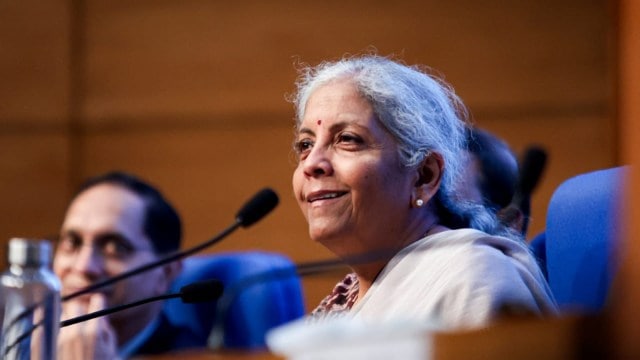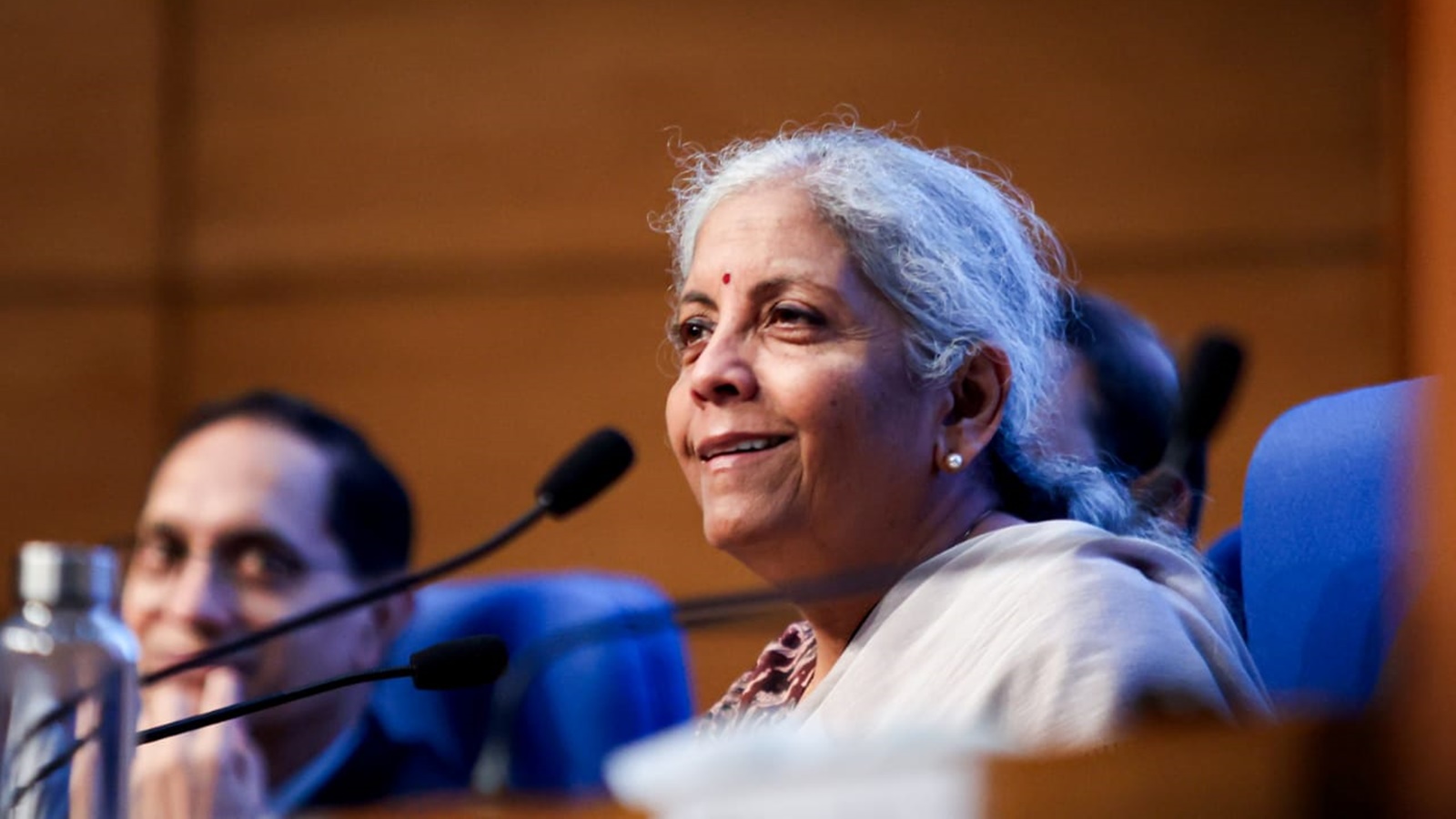
Despite multiple continuing global uncertainties, the Indian economy has continued to thrive like an “oasis in the desert”. It is against this backdrop that all eyes were on the Union budget of 2024-25 to see whether further steps would be taken by the government to achieve the Viksit Bharat dream.
The biggest takeaway from the budget was the continuing focus on fiscal consolidation with the targeted fiscal deficit going down to 4.9 per cent of the GDP. This figure is well ahead of the 5.1 per cent set in the interim budget earlier this year. The reduced fiscal deficit target indicates the government’s continued focus on maintaining macroeconomic stability.
The Union budget has maintained a fine balance between productive expenditure and fiscal consolidation. It has made good use of the additional Rs 1,23,000 crore dividend that the government received from the RBI this year. The assumption of growth in tax collections for the year also seems quite conservative. Therefore, we believe the intended fiscal deficit figure is credible and realistic. More importantly, the government continues to move ahead on the path of fiscal consolidation seeking to bring down the fiscal deficit to below 4.5 per cent of the GDP in FY26, along with guidance to reduce the debt-to-GDP ratio in the future. As a consequence, net and gross market borrowing will be lower than the levels of FY24.
The budget outlined four key segments for focus — the poor, women, youth and farmers — and nine priority areas for growth and development of the economy.
Building productivity and resilience in the agricultural segment seems to be one of the priorities, as the government focuses on its policy of “Atmanirbhar Bharat” in every sector of the economy. This should also help strengthen the rural economy over a period of time. Increased focus on road connectivity in rural areas and three crore additional houses to be built under the Pradhan Mantri Awas Yojana (PMAY) scheme should also help rural development.
This budget also reaffirms policy continuity in areas of manufacturing, and infrastructure development, including urban development, energy security and housing.
The commitment towards investment-led growth is visible in the budget presented today. Over the last decade, we have built as much infrastructure as was built until then after Independence. This has created a multiplier effect and has pushed India to become the fifth-largest economy — given the current growth trajectory, India will likely become the third-largest in the near future.
Supply-side reforms of the last decade have to now pave the way for “next-gen reforms” to meet rising aspirations and to generate employment opportunities for all. The budget focuses on being future-ready by investing in education, employment and skilling. The slew of employment-based incentives for creating new and additional jobs is a welcome move, and a much-needed one.
While priority has been given to growth and productivity, energy transition and mitigating the impact of climate change have not been forgotten. The budget emphasises green energy, energy security and transition focusing on environmental sustainability.
In terms of taxation, the budget seeks to enhance compliance, simplicity of structure and bringing more people under the tax net. Some relaxation is also provided on the income tax under the new tax regime, with changes in slabs/rates and an increase in the standard deduction. While the short-term and long-term capital gains taxation were increased, the fact that there is no change in the tenure for long-term capital gains tax for equities should aid a longer-term investment horizon. Rationalisation of tax rates between financial and non-financial assets should help investors make the right choices based on risk-return profile, rather than tax arbitrage. The government has also mentioned its intention of further rationalisation of taxation structure over the next six months.
In summary, the Union budget walks the talk in terms of the policy focus of the government towards sustainable and productive expenditure while maintaining fiscal prudence. It also promotes manufacturing with a focus on employment generation. The transformative changes outlined in the Union budget should help in building a strong foundation for a Viksit Bharat. As always, execution will be key to achieving the goals that have been set out.
The writer is MD, Kotak Mahindra AMC



